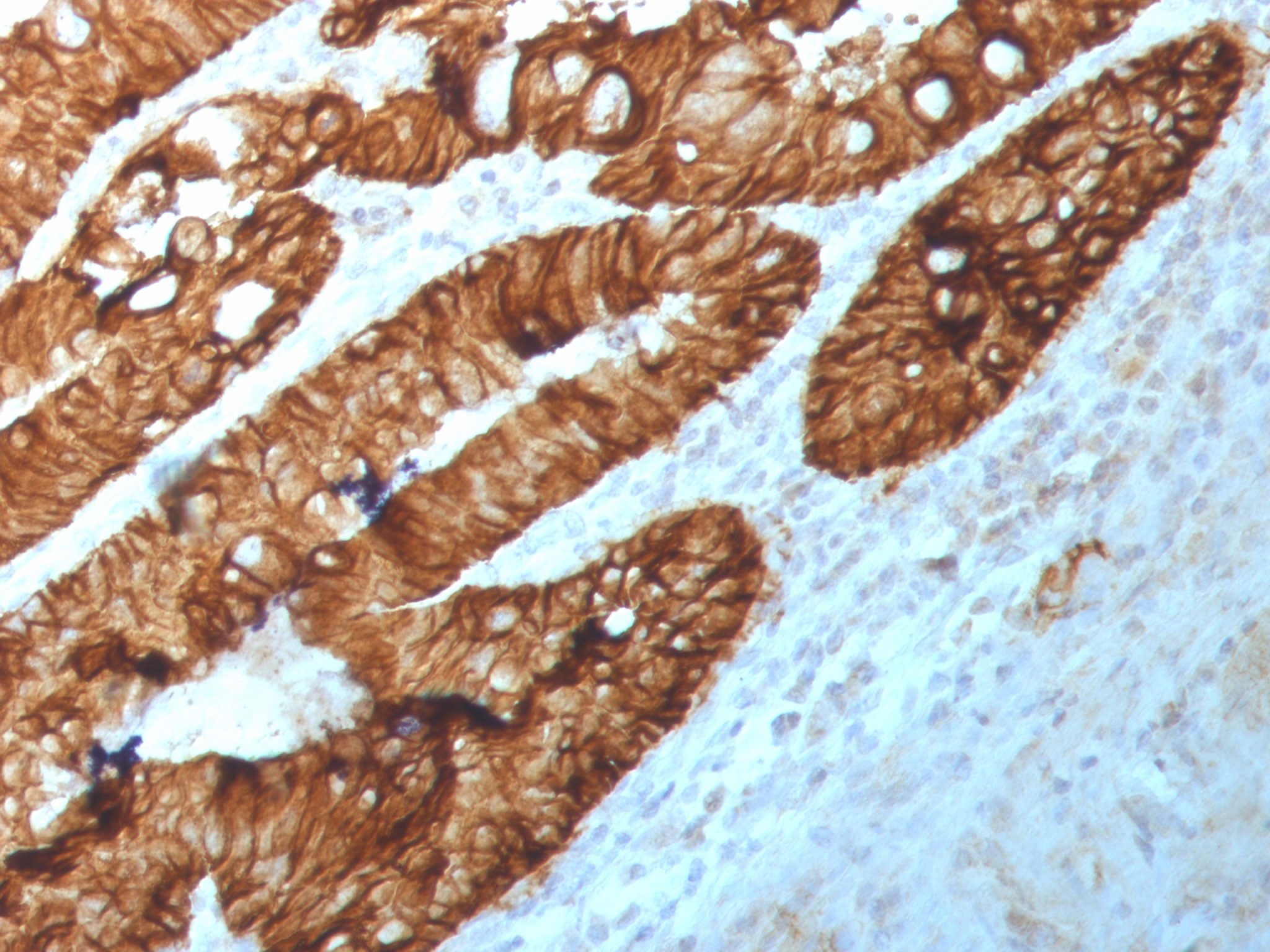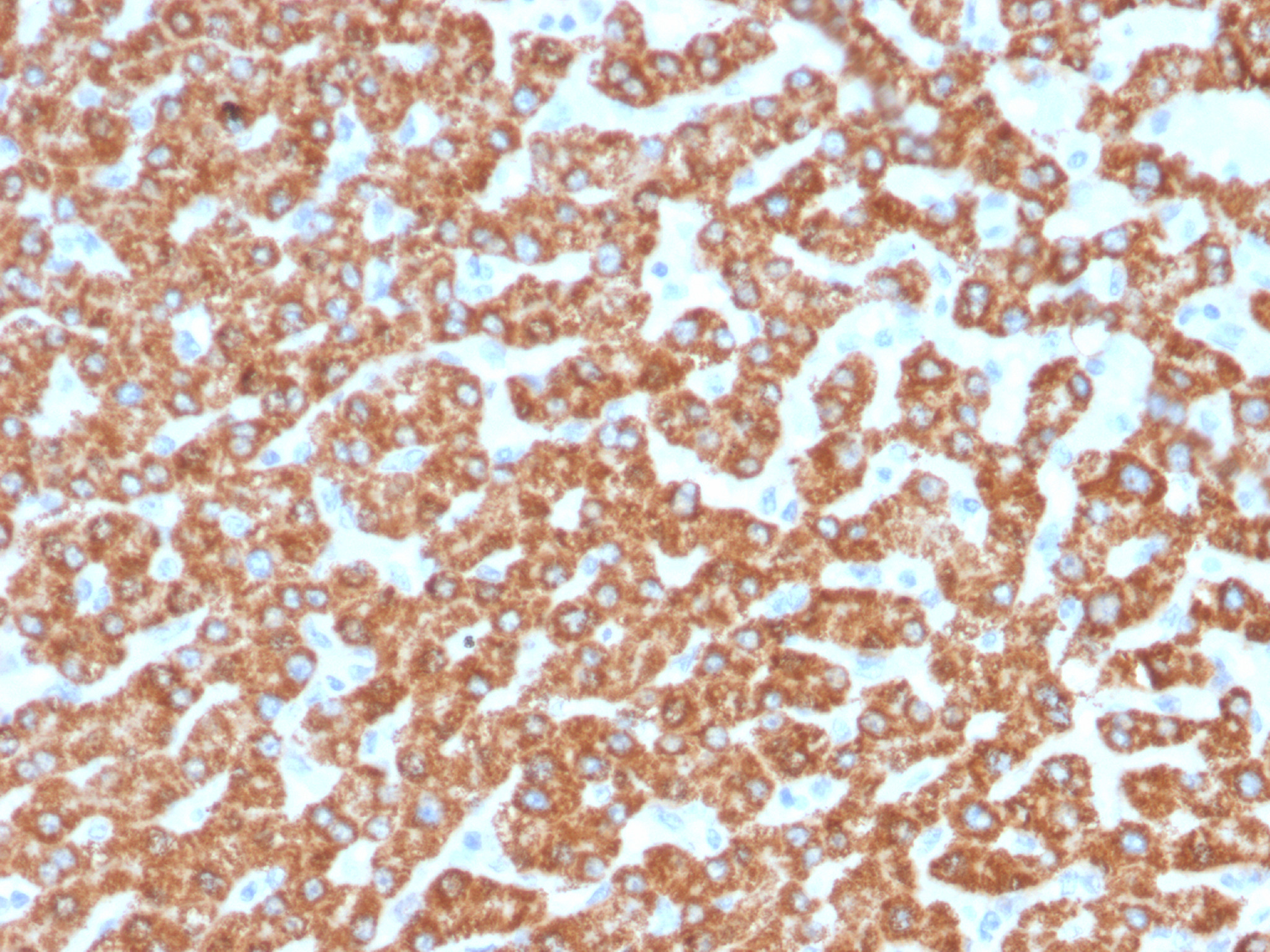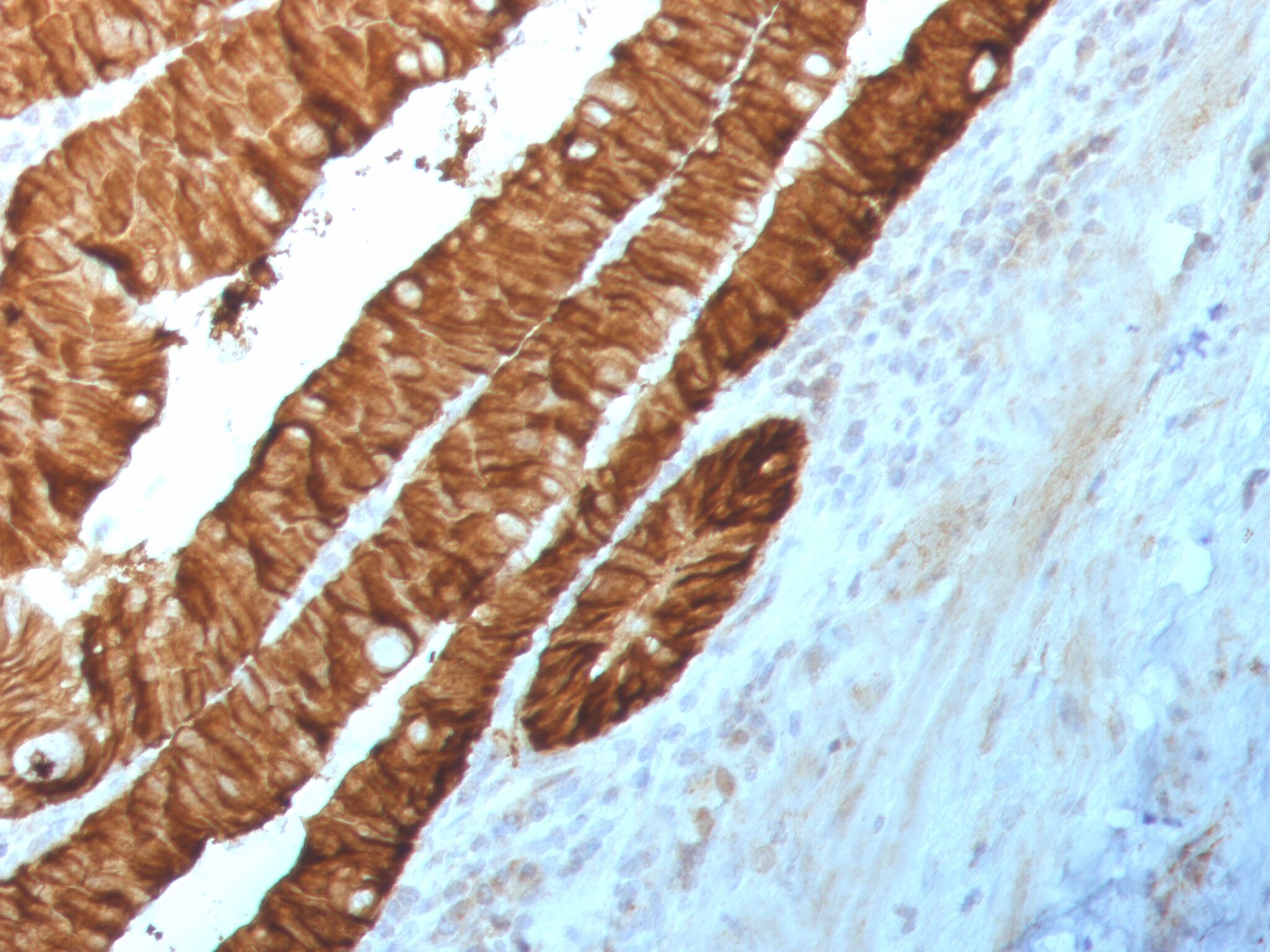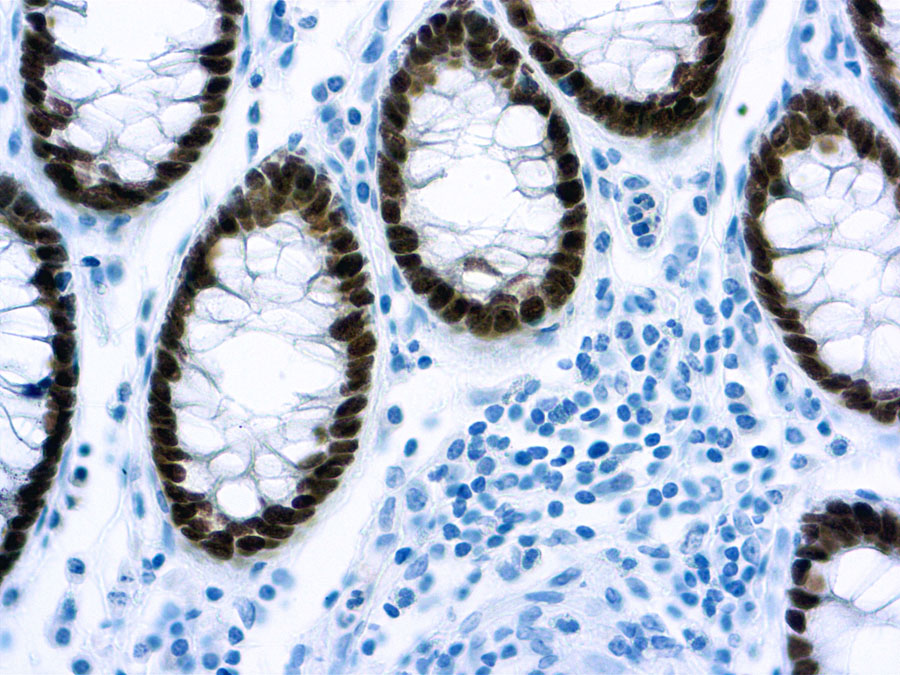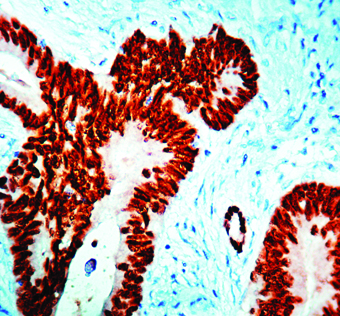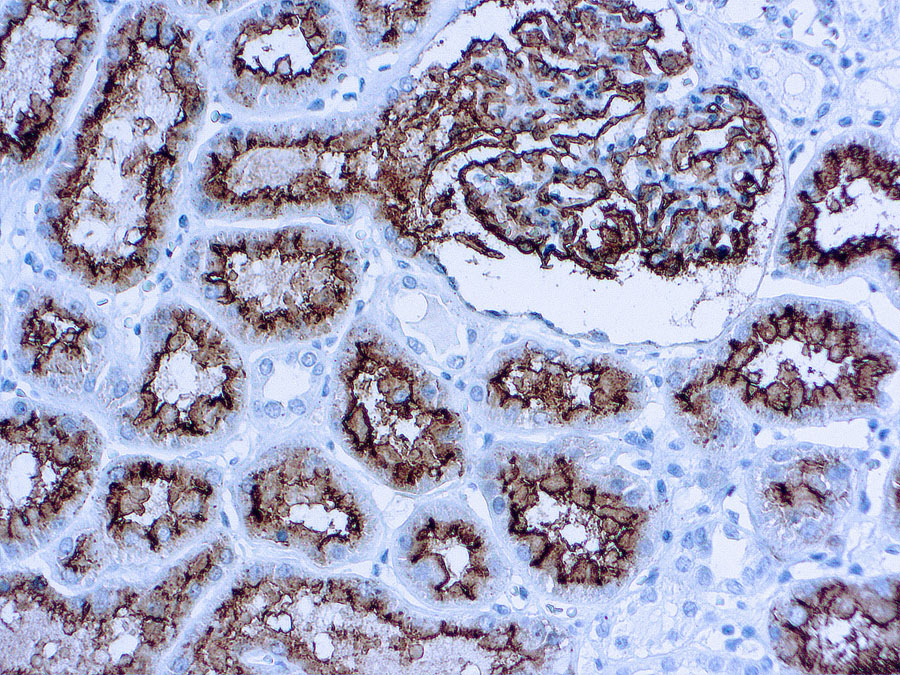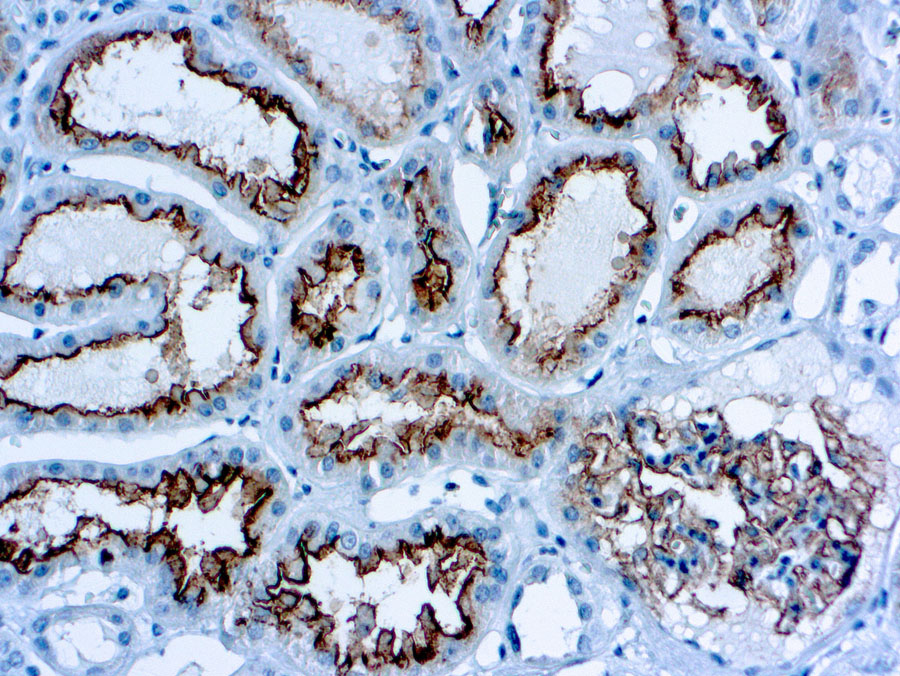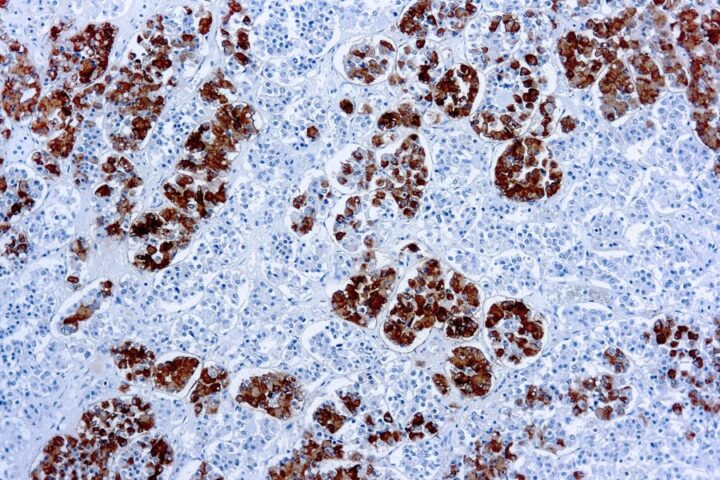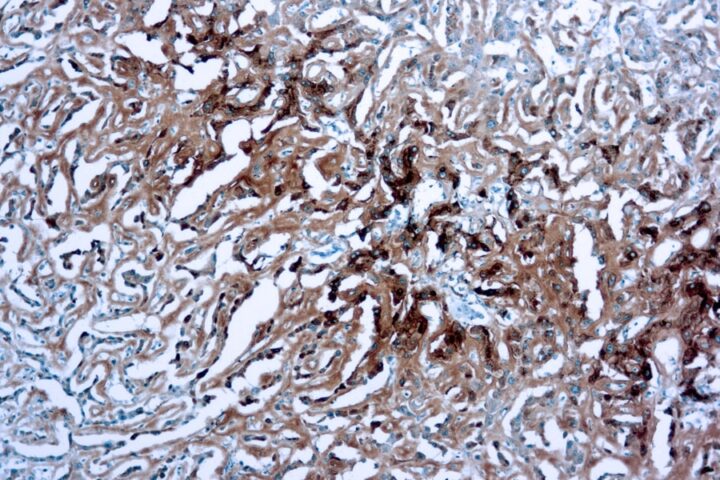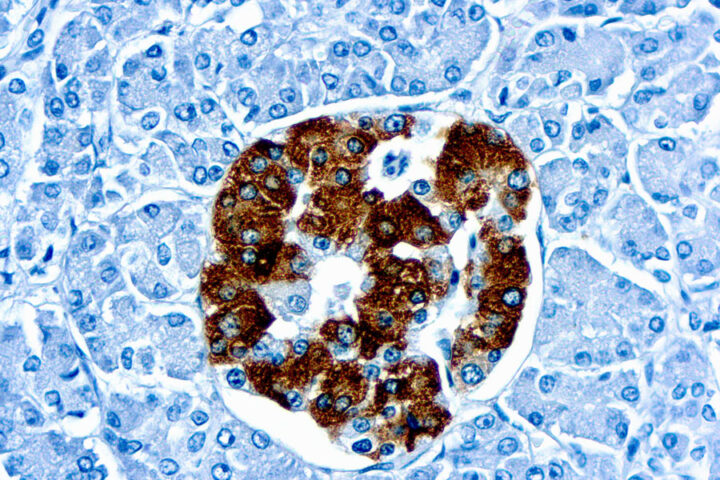SKU: Q2AB1
Species: Mouse
Tested Applications: Immunohistochemistry
Available Conjugates: SingleStep™ Poly-HRP
Isotype: Goat IgG
Mass Spec Validated?: Not MS Validated
SKU: Q2AB1
Species: Mouse
Tested Applications: Immunohistochemistry
Available Conjugates: SingleStep™ Poly-HRP
Isotype: Goat IgG
Mass Spec Validated?: Not MS Validated
SKU: Q2AB2
Species: Rabbit
Tested Applications: Immunohistochemistry
Available Conjugates: SingleStep™ Poly-HRP
Isotype: Goat IgG
Mass Spec Validated?: Not MS Validated
SKU: QIVD98
Species: Human
Tested Applications: IHC [IVD]
Available Conjugates:
Isotype: Rabbit Rabbit IgG
SKU: QIVD95
Species: Human
Tested Applications: IHC [IVD]
Available Conjugates:
Isotype: Mouse IgG1, kappa
SKU: QIVD87
Species: Human
Tested Applications: IHC [IVD]
Available Conjugates:
Isotype: Mouse IgG1
SKU: QIVD86
Species: Human
Tested Applications: IHC [IVD]
Available Conjugates:
Isotype: Rabbit Rabbit IgG
SKU: QIVD74
Species: Human
Tested Applications: IHC [IVD]
Available Conjugates:
Isotype: Mouse IgG1
SKU: QIVD70
Species: Human
Tested Applications: IHC [IVD]
Available Conjugates:
Isotype: Mouse IgG2a, kappa
SKU: QIVD296
Species: Human
Tested Applications: IHC [IVD]
Available Conjugates:
Isotype: Mouse IgG1

